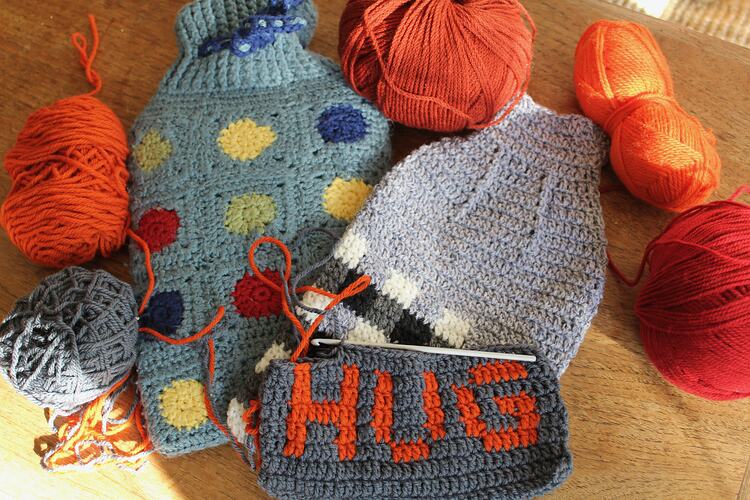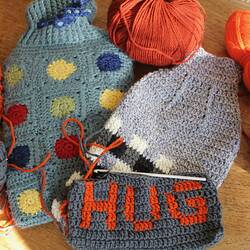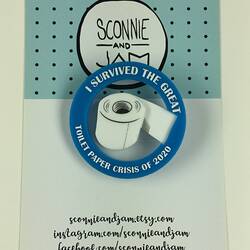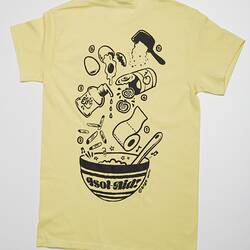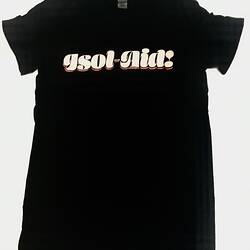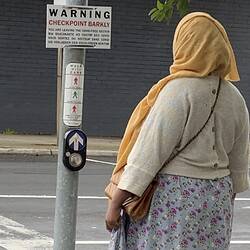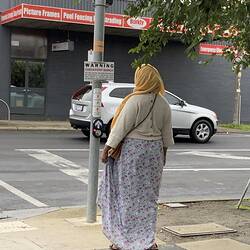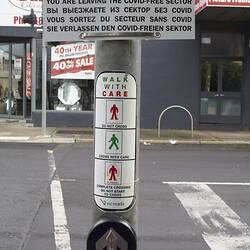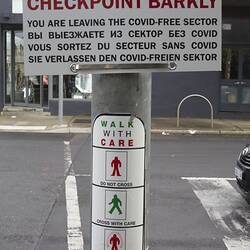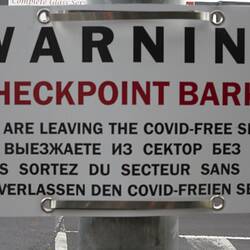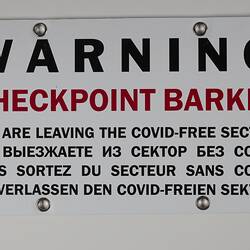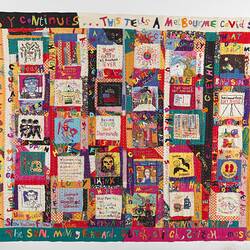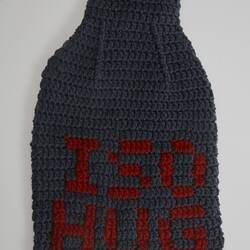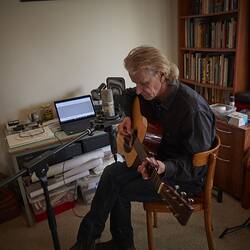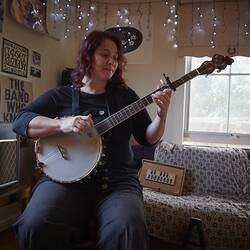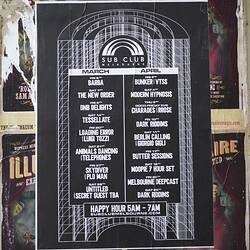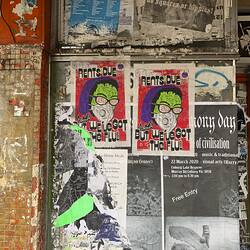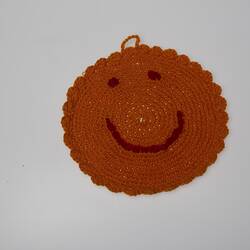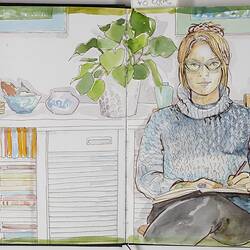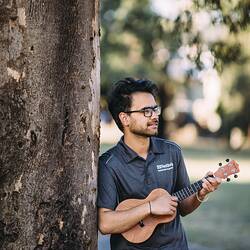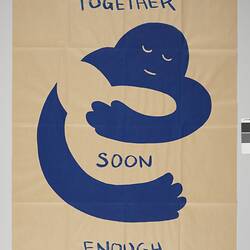Victoria's creative arts community was one of the first sectors to experience cancellations and economic hardship due to the emerging Covid-19 pandemic in March-April 2020. The closure of venues, theatres, museums and galleries during subsequent lockdowns devastated artists and audiences. However, as physical doors closed, digital realms expanded: arts organisations and artists themselves pivoted to online channels offering virtual exhibitions and streamed programs and performances.
As Victorians responded to stay at home orders, creatives rallied online, fundraising for arts communities, sharing performances and works. State and local governments also worked towards providing quick-response funding for artists, independent collectives, micro-organisations and creative businesses negatively impacted by coronavirus. However, artists and performers continued to struggle as the crisis deepened and lengthened into the winter and spring of 2020. The effects were still being felt by many creative communities 12 months later, with density limits on venues and the ongoing fallout of reduced income, limited grant/funding opportunities, and debt across the sector. 'Snap' or 'circuit-breaker' lockdowns also continued into 2021, resulting in further cancellations and uncertainty.
Many turned to art in the pandemic, as a tool for communication, connection and understanding in an extremely difficult time. The street became a space to express shared feelings of grief, hope and encouragement during the first lockdowns across the state - street art, chalk drawing, and Spoonvilles on footpaths, gardens, and public spaces. Public art, whether on buildings, in parks, or on trams, gained significance and funding.
Inside homes we saw a rise in art and crafts activities as people looked for tangible activities and objects to focus on, a break from Zoom and the glow of a screen, a new skill they'd always wanted to develop, or something to do with their hands while bingewatching the latest streaming services. Knitting, crochet, quilting and other forms of textile crafts gained popularity. Facemasks in particular presented a new form of creative expression, with many individuals and artists making their own reusable cloth masks to wear and sell.
Not everyone has been able to creatively respond during lockdown, but Victorians have been resourceful and imaginative in this crisis. Through immense challenges and hardships, the creative arts sector has proven crucial for the mental health, education and economic wellbeing of Victorian communities.
More Information
-
Keywords
-
Authors
-
Article types
